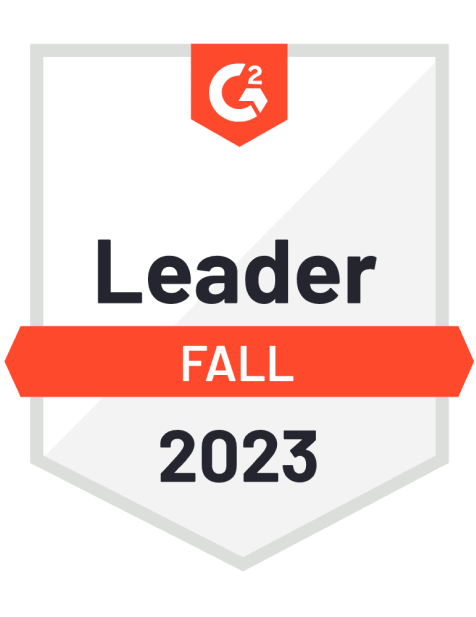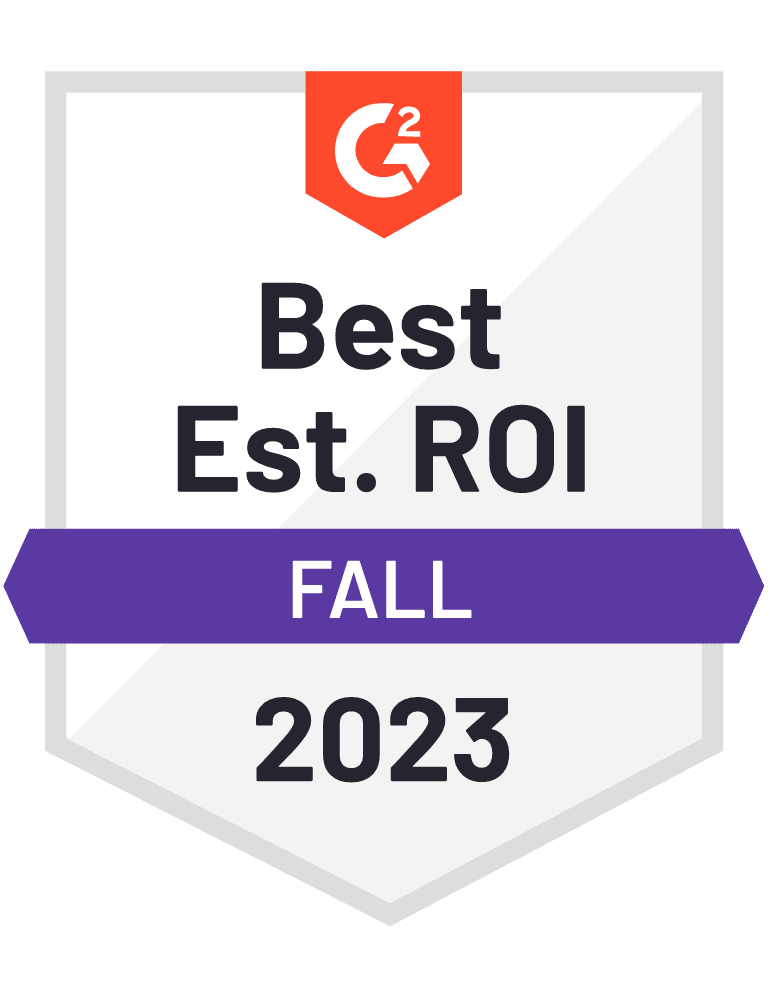What is Campaign Analytics?
Learn how you can use campaign analytics to conduct experiments, measure campaign performance, and build personalized experiences for your customers.

Craig Dennis
February 13, 2024
12 minutes
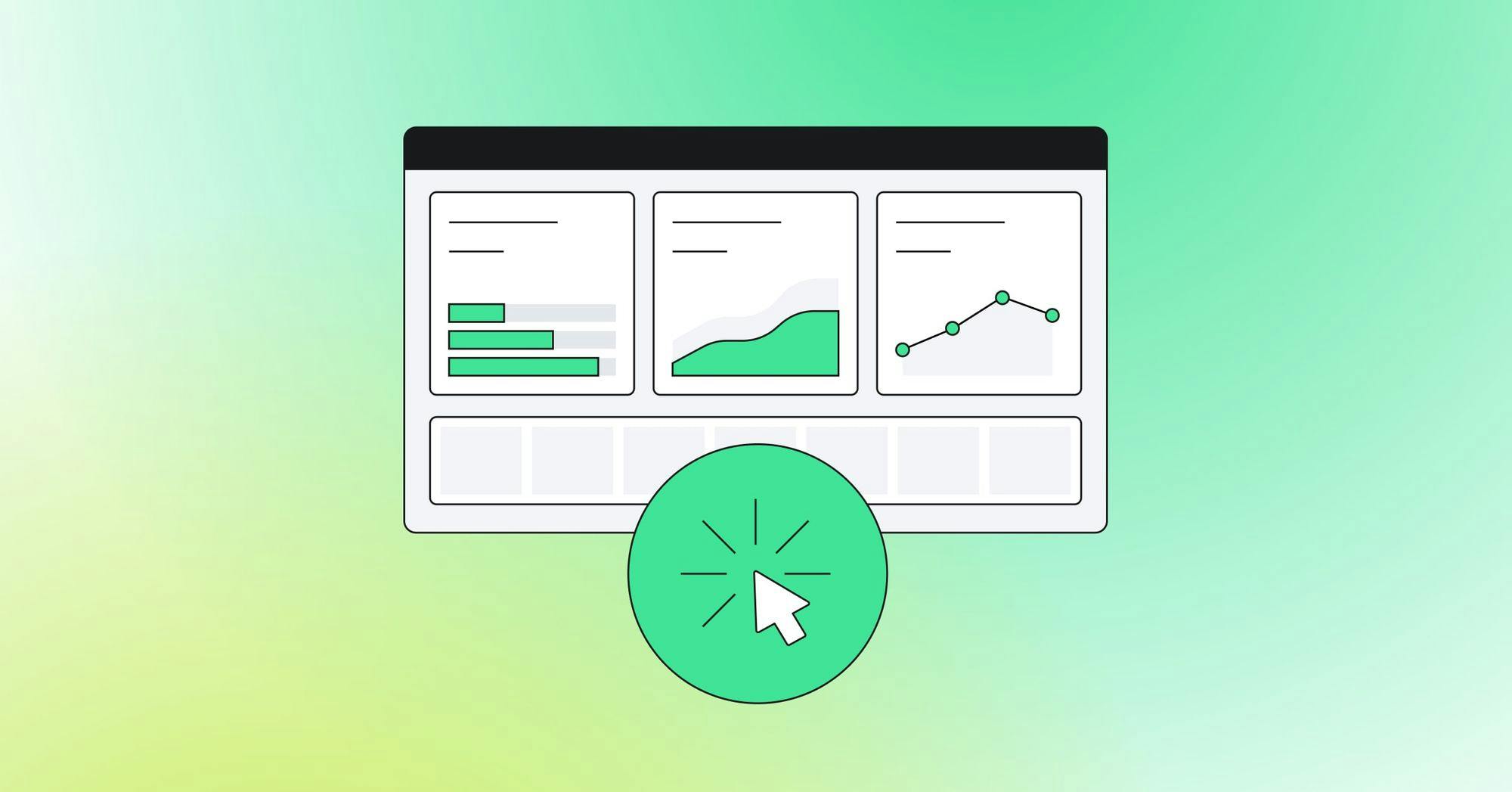
Every year, US companies lose an average of $611 billion due to bad data and subsequently poorly targeted marketing campaigns. The most successful marketing campaigns don’t just happen by chance; they’re intricately fine-tuned and optimized using careful experimentation and attribution–and the key to creating marketing campaigns that actually move the needle is campaign analytics.
This article will help you understand everything about campaign analytics, including:
- What is campaign analytics?
- Campaign analytics channels
- Campaign analytics use cases
- Campaign analytics tools
What is Campaign Analytics?
Campaign analytics is the process of collecting, measuring, and analyzing data from marketing campaigns across various channels, such as social media, email, and advertising. It offers insights into audience engagement, conversation rates, and the success of different campaigns.
Due to the data you capture (e.g., clickthrough rate, time spent on content, and conversion rates), you can understand how customers interact with your campaigns.
The main goal of campaign analytics is to create a feedback loop where you can iterate on each campaign. It starts by launching a campaign, collecting and analyzing data to find out what worked, and then conducting experiments to optimize performance. This way, you can allocate your budget to campaigns producing the highest ROI.
Campaign Analytics Channels
You might only use one type of campaign in your business or many. However, these three campaigns are the most common: email, paid, and social media.
Email campaigns are one of the most effective campaigns you can run, where for each dollar spent, it creates $36 - $40. Your efforts to provide value will help you increase their lifetime value through your different offerings. You are two email campaign types: sequences or broadcasts.
- Sequences are pre-prepared emails triggered depending on a customer’s action or lack thereof. Your sequences can have multiple emails, but all work towards converting the customer to a single goal. Abandonment cart and welcome series are common automation sequences.
- Broadcasts are emails that you send only once. They try to get your customers to complete any action from a single email. An example of a broadcast could be a flash sale or a new feature release.

There are four main metrics to track in your email campaigns: open rate, delivery rate, clickthrough rate, and unsubscribe rate.
- Open rate is the percentage of people who have opened your email. This is an effective metric to measure how well your subject line entices people to open your email.
- Delivery rate is the percentage of emails that successfully land in people’s inboxes. This metric helps you understand the effectiveness of your email deliverability strategies.
- Clickthrough rate (CTR) is the percentage of clicks on one or more links within your email. This metric helps gauge how engaging and compelling your content is.
- Unsubscribe rate is the percentage of people who opt out of your emails. This metric will show you the long-term interest in your emails.
- Bounce Rate is the percentage of emails that couldn’t be delivered. This metric helps assess the health of your email list and the accuracy of your email addresses.
Paid
Paid campaigns are ways of paying to display your ads in front of potential customers through platforms like Google, Facebook, and Instagram. The most common paid campaigns you can launch include search engine marketing, display marketing, and social media advertising.
- Search Engine Marketing (SEM) is where you place ads at the top of search engine results pages like Google, Bing, Yahoo, Microsoft Edge, etc. You place these ads on keywords that your target audience would search. SEM has a high ROI because you can target keywords with high search intent. Keywords that highlight searchers have problems to solve, i.e., “How to lose weight” or “How to plan a wedding.”

- Display advertising displays banners, rich media, and interactive ads on various sites within an ad network, such as Google Display Network or Facebook’s Audience Network. The provide you with a large reach due to the networks being vast.
- Social media advertising leverages the vast audience of platforms such as Facebook, X, and LinkedIn to deliver targeted ads to achieve your marketing objectives. These platforms contain hundreds of data points that can help you create specific audiences to target. Social media advertising can drive engagement, brand awareness, and direct conversions.

In paid advertising, there are a lot of different metrics you can track, but the industry standards tend to be as follows:
- Cost Per Click (CPC) shows the average cost for each ad click, indicating the competitiveness and efficiency of your ad spend.
- Impressions show how often your ad is displayed so you can understand the reach of your ads.
- Total Spend indicates the overall budget utilized for the campaign, crucial for budget management and assessing the scale of advertising efforts.
- Budget Utilization indicates the percentage of the allocated budget that has been spent. This metric is essential for ensuring your campaign does not overspend or underspend relative to your marketing objectives.
- Clickthrough rate (CTR) measures the percentage of users who clicked on an ad out of the total impressions. This metric lets you see which ads are getting customers to engage.
- Conversion rate measures the percentage of people who take your goal’s action. This could be purchasing, signing up, or filling out a form. Useful alongside CTR, you can determine what messaging gets them to click on the ad and what is converting them.
- Return on ad spend (ROAS) quantifies the revenue generated for every dollar spent on advertising. ROAS helps you to understand how efficient your ads are in making a profit.
- Customer acquisition cost (CAC) measures the cost of acquiring a new customer through a specific campaign or channel. This metric helps determine what’s required to attract a new customer, budget allocation, and how you work out your pricing.
- Customer lifetime value (CLV) estimates the total revenue expected from existing customers during their lifetime. This metric helps you understand what particular segments are most valuable so you can focus on them more.
- LTV:CAC ratio compares the lifetime value of a customer and the cost of acquiring them. It shows if you’re generating more revenue over a customer's lifetime compared to how much it costs to acquire them.
Social Media
Social media lets you get your content in front of millions at zero cost. While there are many ways you can exploit social media algorithms, fundamentally, there are four main types.
- Viral campaigns are a great way of generating buzz and high levels of engagement. These campaigns involve content that harnesses trending topics or is unique and engaging. They require great timing, creativity, and a whole lot of luck, but when they land, they can skyrocket your business.
- Thought leadership campaigns are used to help you establish credibility in your industry. It's content you share with invaluable insight, in-depth analyses, or a unique angle about a subject. Thought leadership helps provoke discussion, which increases engagement across social platforms.
- Influencer campaigns harness the trust an influencer has with their audience. It’s similar to celebrity endorsements, but you can find that an influencer has a more focused audience, resulting in higher engagement. You can use an influencer campaign for social media takeovers, sponsored content, or ambassadorships.
- Competitions help to increase your follower base and brand awareness. You can create a post and ask people to complete a series of tasks, such as following your account, commenting, and sharing in a chance to win a prize. These actions help increase your post’s reach and follower count, allowing you to get your content in front of more customers.

Underneath each of these campaigns, there are four main metrics you should track:
- Impressions are the number of times your content is displayed on someone’s screen. This metric helps you to measure the scope of your brand awareness.
- Engagement rate measures the level of interaction (likes, comments, shares, and retweets) your content receives. It helps you to understand what content resonates the most so you can produce more.
- Clickthrough rate (CTR) measures the number of people who click on your call to action within your social post out of the total number of impressions. CTR provides you with a great signal to indicate your content is compelling and interesting.
- Follower growth is the increase of followers on a specific social media platform over a specific period. Follower growth helps you understand what content is having a high impact on follower growth so you can do more.
Campaign Analytics Use Cases
Campaign analytics gives you the feedback needed to improve your campaigns. It can help with better targeting, budget optimization, experimentation, personalization, and ROI.
- Better Targeting: Campaign analytics helps you understand customer behavior, demographics, and preferences to ensure you’re targeting the right audiences. For example, you can focus on retargeting shopping cart abandoners.
- Budget Optimization: Knowing which campaigns are performing well means you can invest more in them. You can also see what campaigns are doing poorly so you can stop them and reallocate the budget to another channel.
- Experimentation: Campaign analytics is essential to conducting experiments. Without knowing the results of experiments, there’s no way of making improvements. An example could be running various ads, each with a different customer objection, and finding the ones with the highest conversions.
- Increase ROI: Measuring campaign analytics on all the data within your data warehouse helps you track your return on investment (ROI) so you can do incrementality testing and media mix modeling to understand how marketing spend impacts KPIs like conversions, demos, signups, or even purchases.
Campaign Analytics Tools
Campaign analytics tools can help you collect the data needed for your campaigns. They offer ways to visualize your data, so it’s easy to track your metrics and manage how to optimize them for better results.
Hightouch
Hightouch is a Composable CDP that helps you build and segment audiences and measure campaign performance across hundreds of channels. The platform provides powerful features to collect and resolve customer identities in your data warehouse and sync data to any ad or lifecycle marketing tool.
Hightouch Customer Intelligence provides a single location where you can analyze your campaign's results and build them, all with access to the rich data within your data warehouse. You can easily measure how metrics change over time, which can help you measure any split testing you’re performing and specific metrics between campaigns or audiences. You can also analyze your customer journeys, identifying high-breakage or retention touchpoints.
Google Analytics 4
Google Analytics is a widely used campaign analytics solution mainly because it is free. It can help you track user interactions on your website and understand the traffic source and how well it’s converting. The platform gathers data through JavaScript tags (known as “gtag.js” or “analytics.js”) that integrate into your website’s code. As a user navigates to a webpage, this tag activates in their browser, capturing and transmitting information about their visit to Google Analytics servers. You can track user activities by configuring event monitoring, like clicking buttons, downloading files, or watching videos. Google Analytics only collects web traffic, so you don’t get an analysis of all your data.
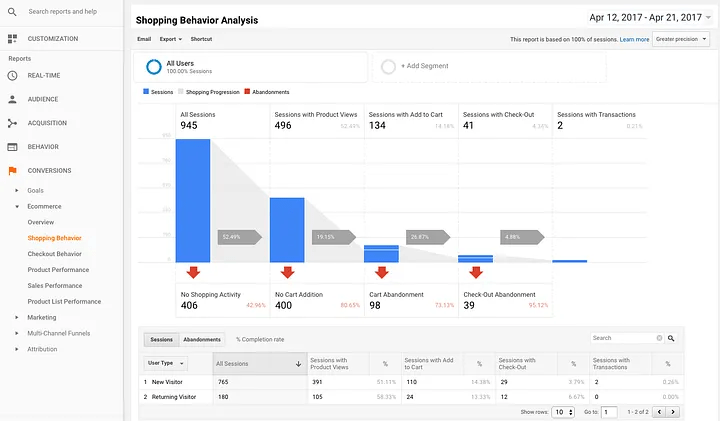
Heap
Heap is a digital analytics platform that automatically captures every web, mobile, and cloud interaction, such as clicks, submissions, transactions, and more, without you needing to tag code for tracking manually. It allows you to quickly identify trends, pinpoint areas for improvement, and understand the impact of campaigns on user behavior. Heap is particularly useful for optimizing user experience and increasing conversion rates through detailed analysis of user interactions.
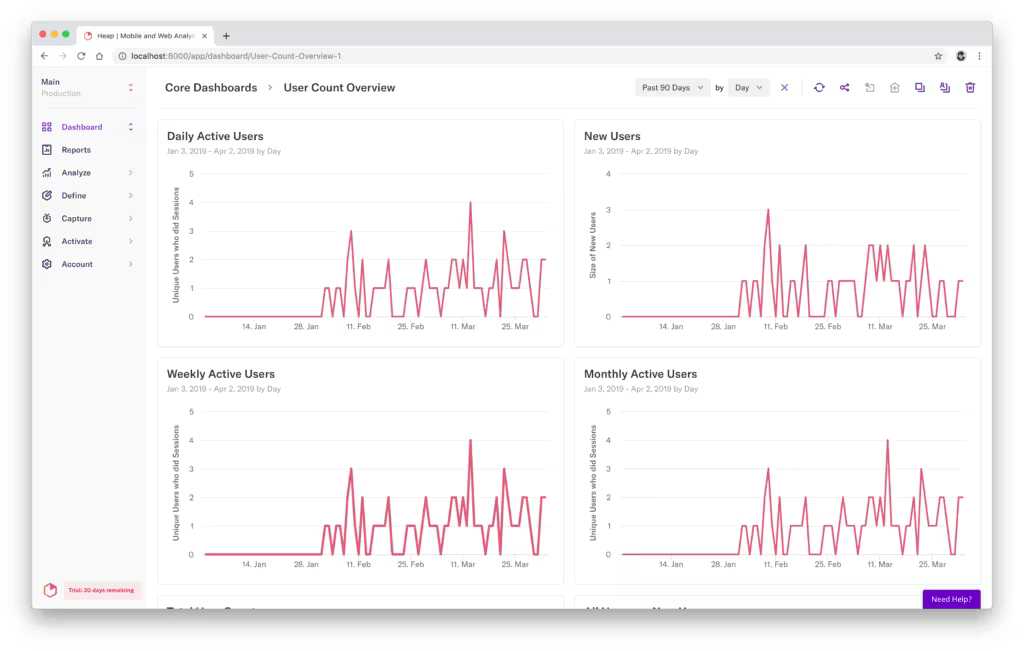
Mixpanel
Mixpanel is an analytics platform focusing on user interaction with web and mobile applications. It provides you with detailed insights into user actions, enabling you to track how users engage and measure the effectiveness of campaigns. It provides funnel analysis, retention tracking, and user segmentation features, which can help you identify what drives conversion, engagement, and retention. This targeted analysis helps you make data-driven decisions to enhance your marketing campaigns.
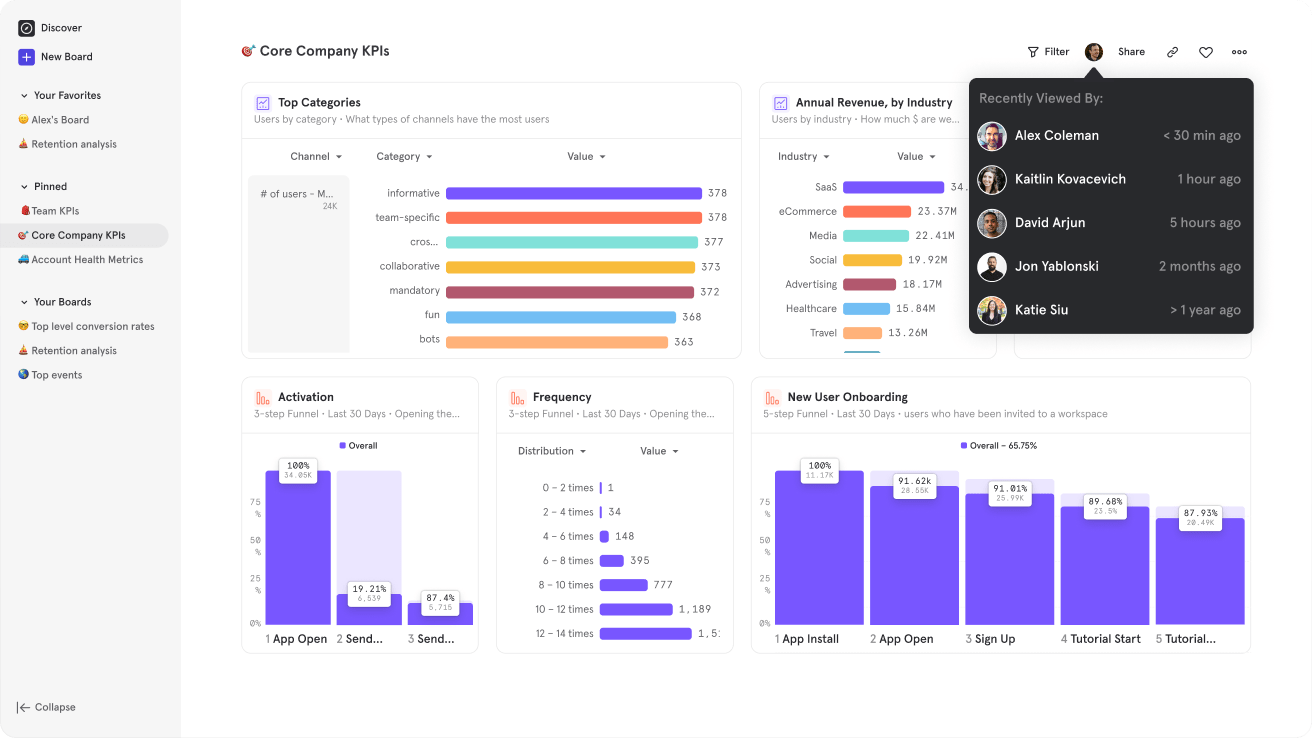
Looker
Looker is a business intelligence (BI) and big data analytics platform that enables you to explore, analyze, and share real-time business analytics. It integrates with multiple data sources to provide customizable dashboards, reports, and insights. You can drill down into your data to discover trends, patterns, and correlations, allowing you to optimize your campaigns and make changes. Looker can be complex to use and may require help from your data team to get the analysis you need. It also lacks the feature of activating data, meaning you’d need to request the data for future campaigns.
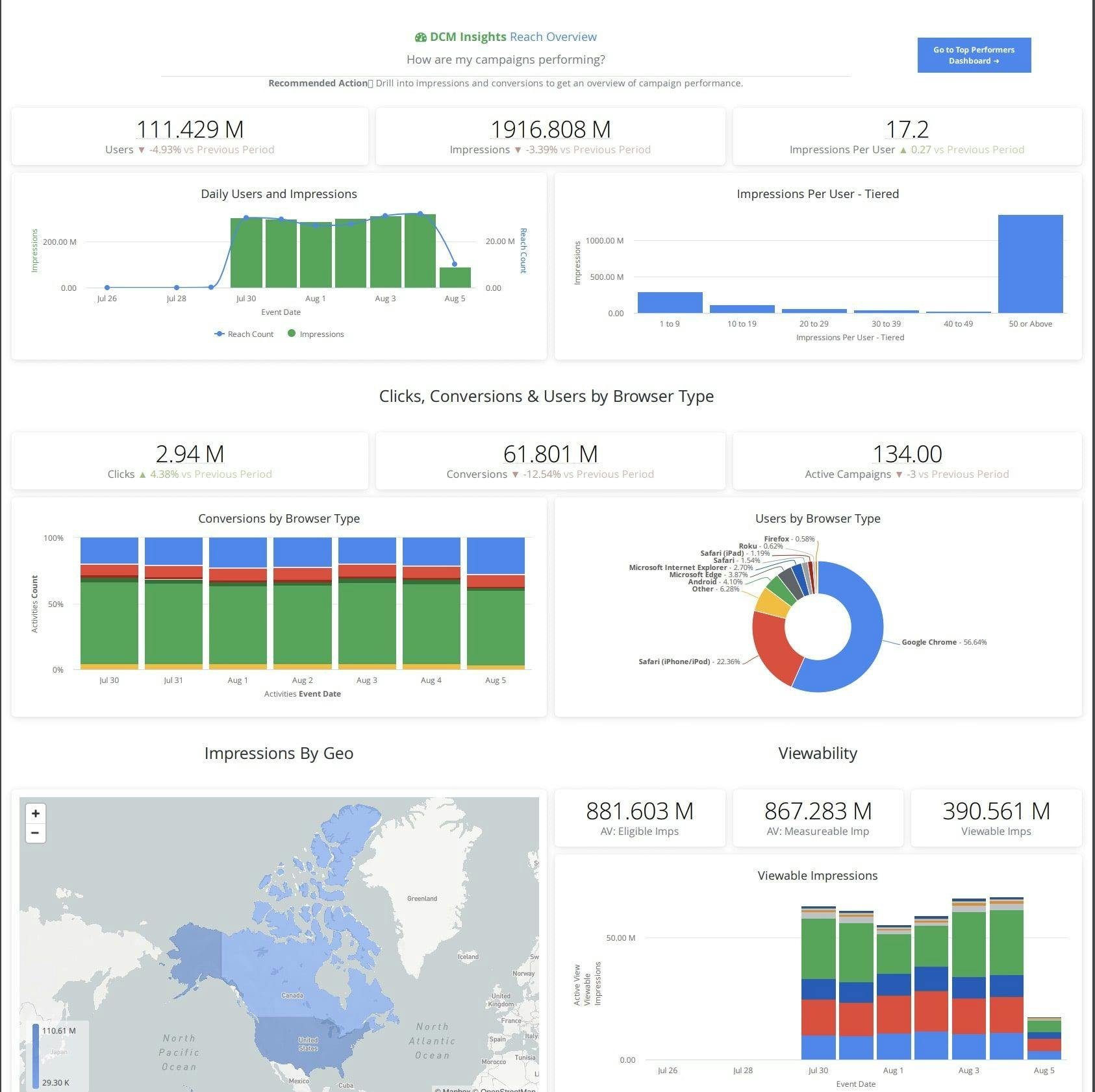
Final Thoughts
You can’t launch campaigns and hope they do well. You need to constantly adapt and get the most out of your money. If you’re not using some of your marketing budget to measure and track your campaign performance across channels, then you’re just flying blind. The key to successful marketing campaigns is iteration and optimization. If you’re interested in increasing your return on ad spend (ROAS), lowering your customer acquisition costs (CAC), improving your audience targeting, or just boosting your match rates across ad platforms, book a demo with one of our solution engineers to see how Hightouch can help.



